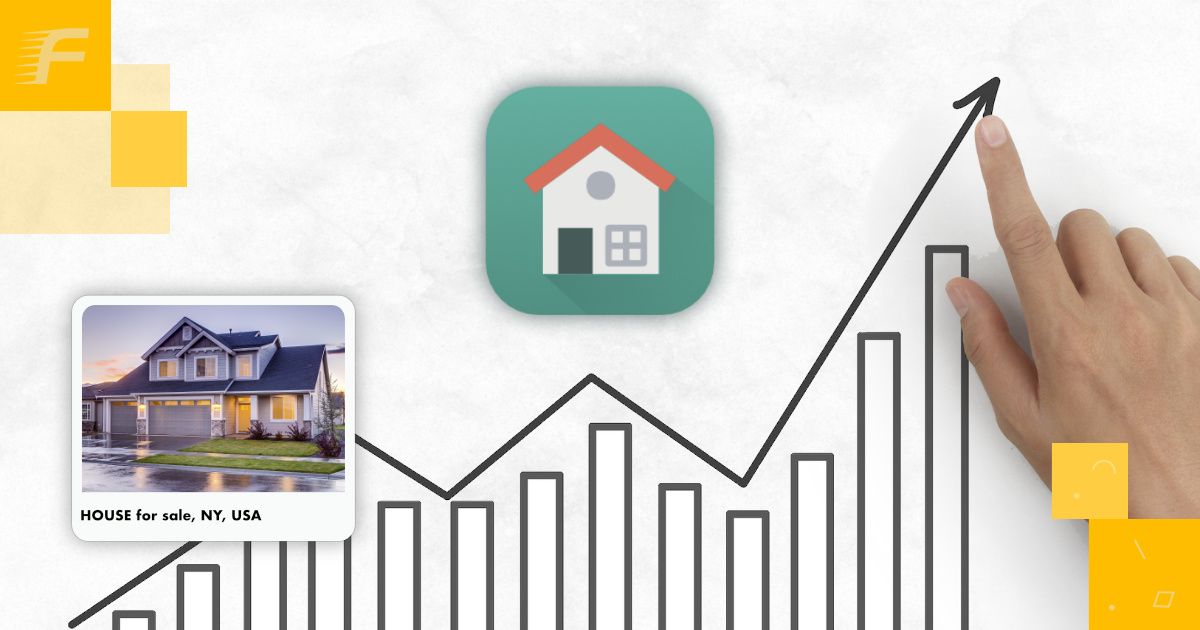How to avoid drop in SEO ranking with real estate IDX integration

Property Websites
Real estate IDX or MLS integration is a proven way to automate listings population online. Such integration allows to have many content rich pages with actual property information 24/7. What can be better than a website with auto-populated rich content pages, right? But there is a detail on how integration is done, which may totally ruin search ranking benefits for your website.
There 2 main ways to perform IDX/MLS integration:
- widgets (wrapping)
- physical data import
Using a widget is a simpler solution. It always looks like a piece of code that you need to add to your web page to create a "portal" to a data provider's search and listings. There in no real data stored on your website - all come from requests in a remote database. With a widget, your website serves as a wrapper for IDX and MLS data provider. In this case, you have no new pages on the website and, thus, no benefits for website's SEO and new content pages. Your clients can still search properties through a website and get results, but in fact you only have one or few pages, with unknown content for search engines.
Pros: simple implementation, extended property search option, low cost.
Cons: listings do not belong to your website, bad for SEO, no control over design.
When physical data import is implemented, information stored in a remote database is copied into your website. All property details and media (usually images) are stored in a website's database. This means that every property page has its own unique URL on your website with a set of meta tags for search engines. Every new property page gets indexed by robots and move your website higher in rankings. Also, listings are fetched via property search system designed on your website the way you need it. Results have the same corporate design and can have a few layouts (list and map for example) for clients convenience.
With all its benefits, a physical data import is more complicated process. You will need to have some property search platform in place (like FW Real Estate), where remote database will be imported into. The next step will be integration itself. Depending on integration options offered by IDX/MLS provider a synchronization script will be developed and set for a regular data synchronization.
Pros: new content pages, extensive SEO options, consistent branded design, full control over listings content, keeps your website updated 24/7.
Cons: real estate platform needed for integration, IDX/MLS fee will be higher, IDX/MLS integration cost
While widgets can be a quick solution, they cause a negative impact on a website's search ranking. On the other hand, physical data import will make search optimization an automated process, increase page ranking and will keep data information actual 24/7 without any efforts after integration is complete.
If you are planning Real Estate MLS/IDX/XML Integration for your website, we recommend you to try our free FW Real Estate platform. You can count on quick and friendly support and online training if required. Even if you just scan the market for possible solutions, we will be glad to answer your questions.

Joomla! name is used under a limited license from Open Source Matters in the United States and other countries. Fastw3b LLC is not affiliated with or endorsed by Open Source Matters or the Joomla! project.